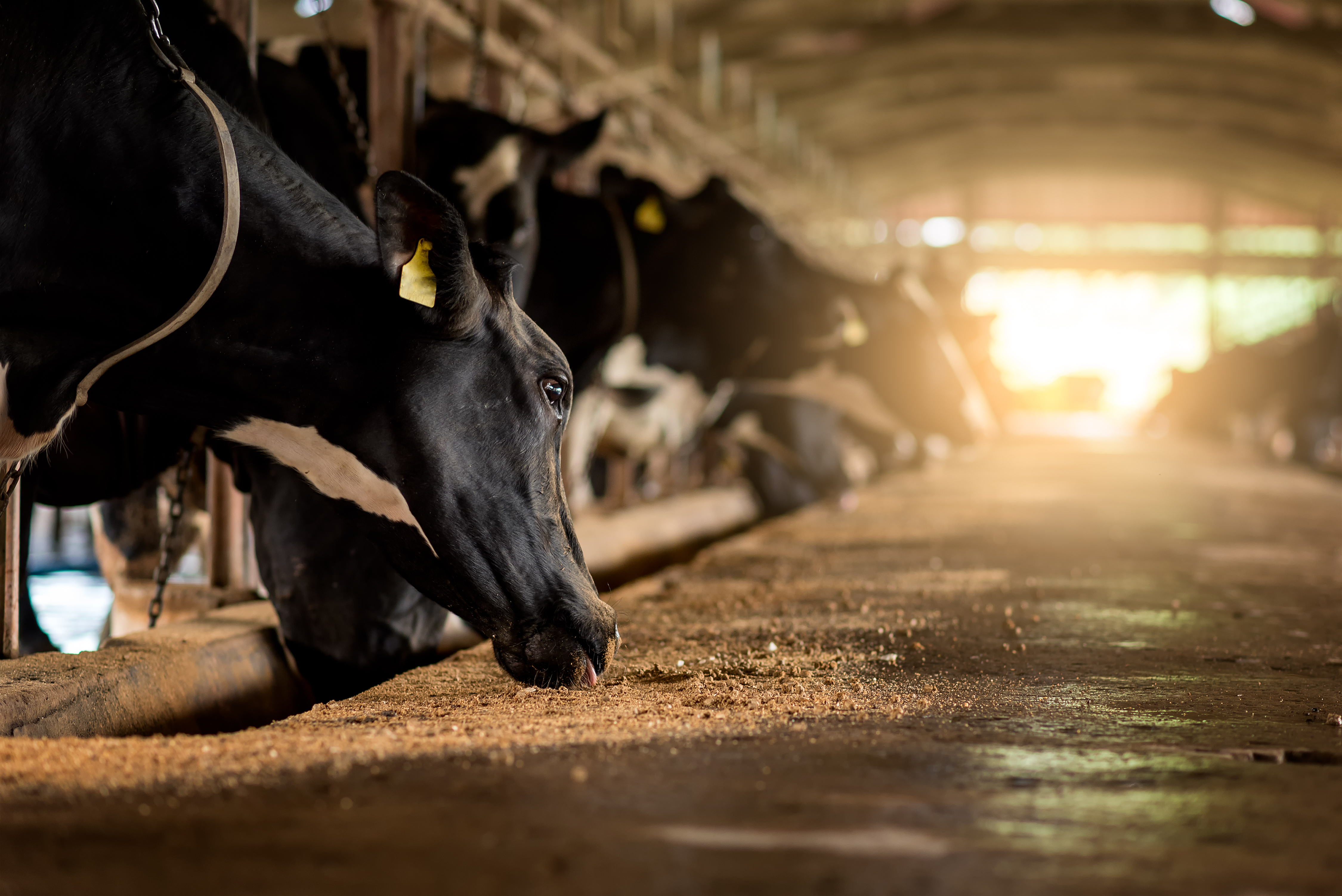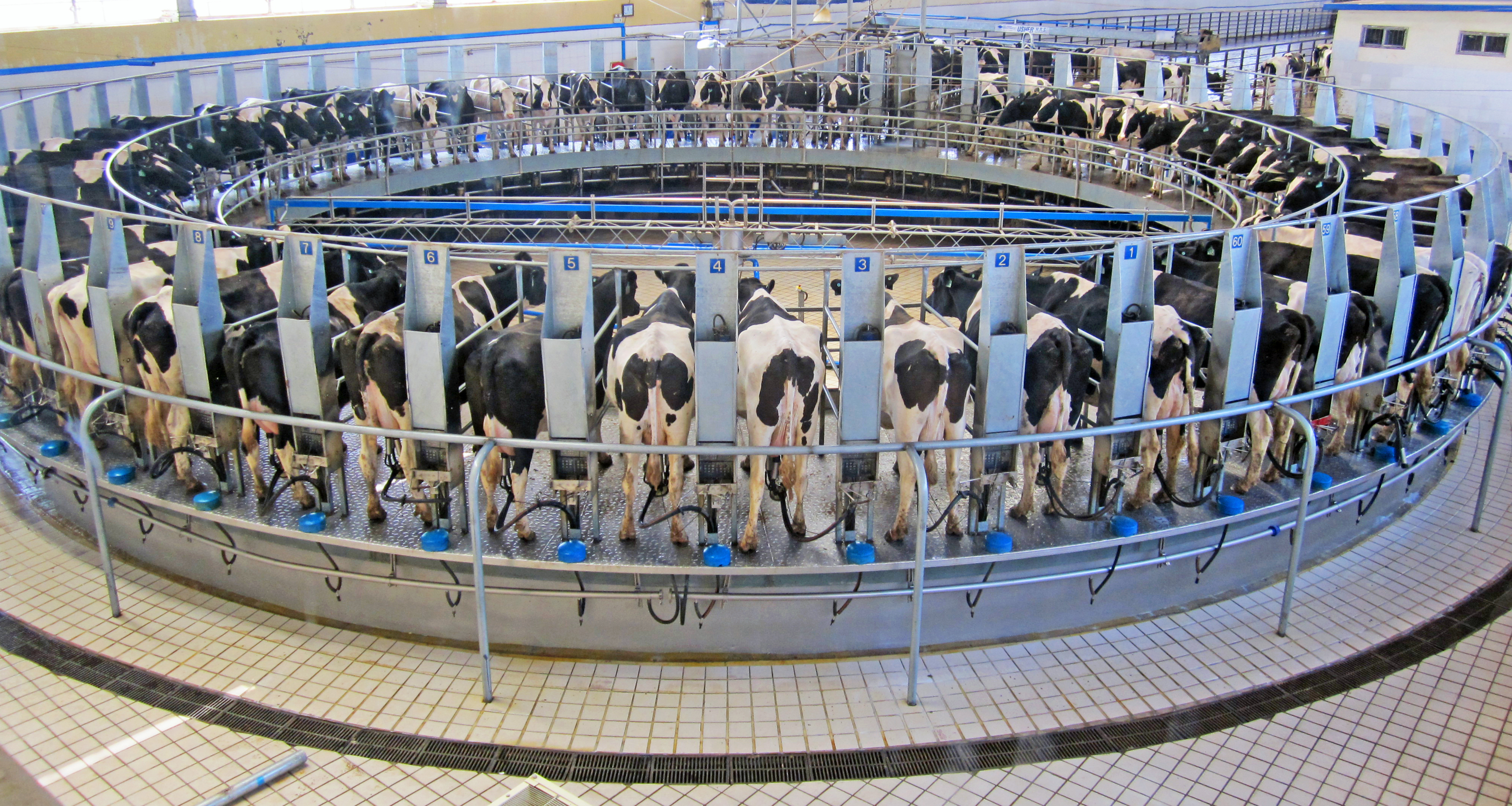Section 2 | Selective Dry Cow Therapy
Page 10 /
How Do You Know Who is Infected?
Recently, researchers have focused on finding the best way to implement SDCT on the farm. The most important question is: which animals should be treated with antimicrobials? The focus has been on finding the best detection method to diagnose infection at dry-off. Recall that quarters may be either clinically or subclinically infected. Our goal with SDCT is to detect infected cows and treat only these cows with long-acting dry cow antimicrobial medications.

Use of On-Farm Culture
Recent Canadian research evaluated the use of on-farm culture to detect existing mastitis infections at dry-off1,2. Herds in this study had a bulk tank SCC of less than 250,000 cells/mL.
To be eligible for the study, cows needed:
- At least three functional quarters
- NO clinical mastitis in the last 3 months
- SCC under 200,000 cells/mL over the last 3 DHIA tests
- NO antimicrobial therapy within the previous 14 days
Cows that could not fulfill all of these criteria were automatically treated with long-acting antimicrobial medications and an internal teat sealant. If a cow did qualify for the study, they were randomly assigned to their treatment group (figure below).

Figure: Treatment assignment scheme of the selective dry cow therapy trial using on-farm culture as a screening technique2
In brief, cows that qualified for the study were randomized into either the SDCT group or blanket dry cow therapy (BDCT), where all quarters of all cows received both a dry cow antimicrobial treatment and internal teat sealant. Those cows that were in the SDCT group had their milk aseptically collected into one sampling vial. This milk was then cultured on-farm. Cows that had bacteria grow in their milk were treated with antimicrobials, whereas cows without bacterial growth received only internal teat sealants in each quarter.

What Did They Find?
When comparing SDCT with BDCT, the authors found:
- No difference in clinical mastitis at calving
- No difference in clinical mastitis within the first 120 days in milk (DIM)
- No difference in milk production in the subsequent lactation
- No difference in SCC in the subsequent lactation
This study supports the argument that cows without a bacterial infection in their udders do not need antimicrobial therapy at dry-off. What’s more, the study saw around a 25% reduction in the amount of antimicrobials used at dry-off. This reduction is vital for good antimicrobial stewardship. There are also cost savings associated with eliminating unnecessary antimicrobial use. Assuming a cost of antimicrobial dry cow treatment of $20/cow, a farmer that normally dry-treats 100 cows per year would treat 25 fewer cows and save $500 in the process.

Another On-Farm Algorithm
One weakness of the above study is that many farms cannot always practically implement an on-farm culturing program at dry-off. Because of this, researchers have tried to find other decision criteria to use when selecting cows for treatment at dry-off. Specifically, researchers were focused on using SCC as a way of identifying low-risk cows — cows that are likely not infected and, therefore, do not need antimicrobials at dry-off3. The study was conducted on a large, New York state dairy farm milking 1,800 cows with an average SCC of 200,000 cells/mL.
In order to be classified as low-risk, cows needed to satisfy the following criteria:
- Average SCC over the past 3 tests before dry-off of <200,000 cells/mL
- SCC <200,000 cells/mL at the last test
- No more than 1 case of clinical mastitis in the current lactation
High-risk cows were those animals that could not satisfy all of the criteria outlined above. All high-risk cows received a dry cow antimicrobial treatment and internal teat sealant in all 4 quarters.
Low-risk cows randomly received either dry cow intramammary antimicrobials and an internal teat sealant in all 4 quarters OR just an internal teat sealant. Overall, there were around 300 cows in each arm of the low-risk group.

What Did They Find?
Overall, 64% of cows met the low-risk definition criteria.
Within the low-risk group, when comparing cows treated with intramammary antimicrobial medications plus an internal teat sealant versus those treated only with an internal teat sealant, the authors found:
- No difference in clinical mastitis risk
- No difference in milk production
- No difference in SCC
- No difference in culling
Using this treatment algorithm at dry-off resulted in a 60% reduction in antimicrobial usage with no detectable difference in health or production.
References
- Cameron M., Keefe G.P., Roy J.P., Stryhn H., Dohoo I.R., McKenna S.L. Evaluation of selective dry cow treatment following on-farm culture: Milk yield and somatic cell count in the subsequent lactation. J. Dairy Sci. [Internet]. 2015;98(4):2427-36.
- Cameron M., McKenna S.L., MacDonald K.A., Dohoo I.R., Roy J.P., Keefe G.P. Evaluation of selective dry cow treatment following on-farm culture: risk of post-calving intramammary infection and clinical mastitis in the subsequent lactation. J. Dairy Sci. 2013/11/05. 2014;97(1):270-84.
- Vasquez A.K., Nydam D.V., Foditsch C., Wieland M., Lynch R., Eicker S., et al. Use of a culture-independent on-farm algorithm to guide the use of selective dry-cow antibiotic therapy. J. Dairy Sci. 2018;101(6):5345-61.
- Rabiee A.R., Lean I.J. The effect of internal teat sealant products (Teatseal and Orbeseal) on intramammary infection, clinical mastitis, and somatic cell counts in lactating dairy cows: a meta-analysis. J. Dairy Sci. 2013/09/24. 2013;96(11):6915-31.